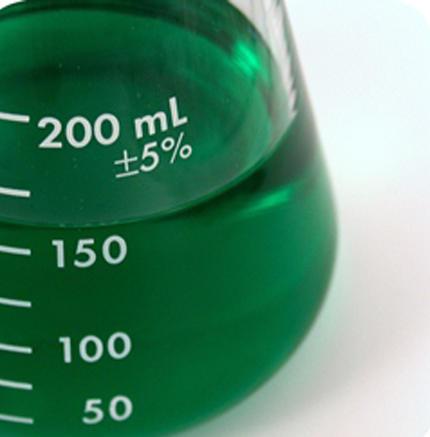
The organic and inorganic chemicals used in the manufacture of many products are not only required to be of a specified purity but frequently need to be of a particular colour value. Discoloured chemicals in industry will adversely affect the appearance of the finished product and in turn will create doubt in the mind of the […]
The organic and inorganic chemicals used in the manufacture of many products are not only required to be of a specified purity but frequently need to be of a particular colour value.
Discoloured chemicals in industry will adversely affect the appearance of the finished product and in turn will create doubt in the mind of the end user as to its quality.
This applies to liquids, solids, powders and slurries.
Grading techniques are widely used to assess product colour by comparison with a representative series of fixed colour standards.
For many product types, a characteristic set of standards was agreed and adopted to aid colour control and the communication of colour specifications; the result is a selection of traditional colour grading scales that have been adopted as industry standards and are still in common use today.
Your Colour Scale requirement determines your instrument choice.